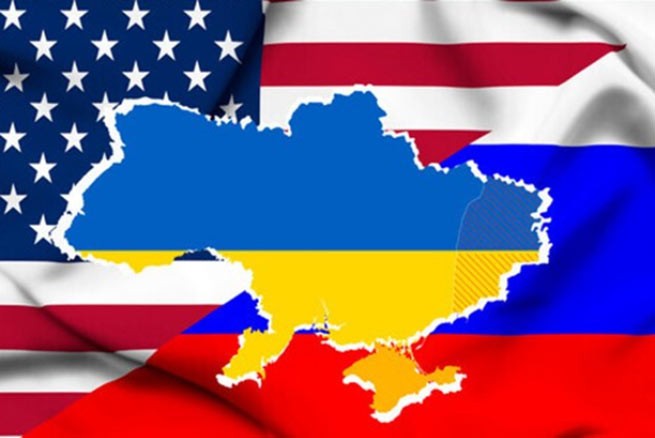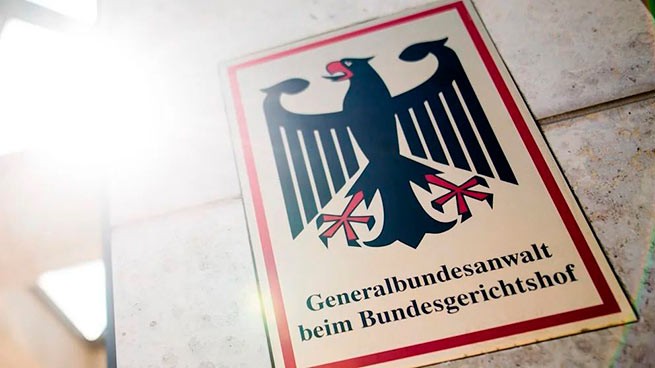Mykonos was one of the first Greek islands to become an international tourist destination. Known as a haven for bohemian audiences, gays and millionaires, its nightlife is a sparkling swirl of lights, music and parties.
As with most places in Greece, ancient legends are associated with Mykonos. The island is named after the hero Mikon, the grandson of Apollo. Here the battle of the gods and titans took place, and the bodies of the legendary giants, defeated by Hercules, turned into the rocks of Mykonos.
Perhaps the name of the island means “a cluster of stones” or “rocky place”. According to later tradition, the name of Mykonos is associated with the name of the hero Mykonos, the son of the Delos king Anios.
The first inhabitants of Mykonos were the Carians and Phoenicians, but around 1000 BC. here the Ionians reigned. There is evidence that Mykonos had two polis cities that in 490 BC. Datis and Artaphernes stayed here, and that in those days the island was not rich. The inhabitants of Mykonos worshiped Dionysus, Demeter, Zeus, Apollo, Poseidon and Hercules.
Greek pirates in ancient times
The Roman conquerors gave way to the Byzantines, who in the 7th century built defensive structures on the island to protect against Arab pirates and held power over the island until the 12th century.
After the sad end of the IV Crusade in 1204, the island came under the influence of the brothers Andrea and Jeremiah de Guise. In 1292, Mykonos was sacked by the Catalans, then found itself under the direct control of the Venetians. Since then, the island has become part of the single territorial possession of the Venetian Republic, together with the island of Tinos. During the Venetian rule, Mykonos was raided by Barbarosa, Admiral Suleiman the Magnificent.
During the period of turkocracy, Mykonos was subordinate to the head of the Ottoman fleet, Kapudan Pasha, and in fact, self-government was established on the island: Mykonos was led by a voivode and a commission of authorized persons who tried to maintain a distance with both the Turks and the Venetians.
During this period, the island became one of the main pirate bases in the Aegean Sea. Residents of the neighboring island of Tinos still call their neighbors pirates, thus explaining their commercial success, and most importantly, promiscuity in the methods of earning, hinting that modern Mykonos has become a mecca for LGBT people.
Pirates off the coast of Syros.
The population of Mykonos, which in the previous period was from 2 to 5 thousand people, by the end of the 18th and beginning of the 19th centuries. increased markedly, primarily due to immigrants from Crete, Naxos, Folegandros, Sikinos, Kimolos and other islands who fled from hunger, epidemics and frequent wars. The island has become a significant supplier of provisions for foreign merchant ships. The inhabitants of Mykonos, with a history of piracy in the past, gradually began to engage in shipping and trade.
Caricature depicting a Greek pirate attack on a British ship
During the uprising of 1821, the inhabitants of Mykonos, led by Mando Mavrogenus (the daughter of an aristocratic family who grew up in Trieste and absorbed the ideas of enlightenment), repulsed the attack of the Turkish squadron (1822) and took an active part in the liberation movement.
During the formation of the new Greek state on Mykonos, an energetic urban class developed, which developed ties with the southern regions of Russia, with Italy, France, Alexandria, Smyrna, Constantinople and the growing strength of Syros.
Children on the beach. 1905 (Photo by Maria Paraskeva, photo archive of the Benaki Museum)
However, the spread of steam technologies at the end of the 19th century and the opening of the Corinth Canal (1904) reduced the importance of Mykonos, in connection with which many of its inhabitants went to look for a better life in other cities (primarily in Athens and Piraeus) and even abroad (before I World War II in Russia, then in the USA).
After the national liberation revolution of 1821, trade began to develop on the island, and the island’s economy went up, but after the First World War, the island fell into a prolonged crisis.
During the occupation (1941-1945), the inhabitants had a hard time. In the post-war period, 1000 people lived on the island. Many of them emigrated to Athens in search of work, and some of the men went to sea to earn a living.
Mykonos 1950
But then tourist companies became interested in the island …
How the island is becoming a favorite destination for celebrities
Since the 30s, Mykonos has become a place where famous artists, politicians and wealthy Europeans come to rest. But the real impetus to the popularity of the island was given by the Queen of Greece Frederica. In 1954, she organized a cruise to the Greek islands for many of the princes and princesses of Europe.
Queen Frederica of Greece
Greek wealthy people like Aristotle Onassis and Stavros Niarchos began arriving in Mykonos in the 1950s on their private jets.
Mykonos attracted international attention after the official visit of US First Lady Jackie Kennedy in 1961. Credit magazine LIFE
Photos of popular actors such as Marlon Brando, Grace Kelly and Richard Burton, along with Greek actress Melina Mercury enjoying a summer vacation in Mykonos, were the best advertisement the island could have dreamed of. Jackie Kennedy also visited Mykonos in 1961.
French activist, actress, model and sex icon of the 20th century Brigitte Bardot in Mykonos. May 1964.
In the 70s, when gay couples discovered Mykonos, so many ships arrived on the island that they could not dock at its port. The travelers were ferried to the coast in small boats, and the first thing they saw were rocks and several small white houses. Mykonos continues to be a popular destination for LGBT travelers in Greece.
In the 1970s, gay couples discovered Mykonos. Nobody tried them on the island. The people there were so frivolous that even Elizabeth Taylor or Rita Hayworth could walk past them in the streets and they didn’t pay attention. Wealthy people like Soraya, the so-called “sad princess”, came to Mykonos to “feel free” again.
Still from Pathe’s documentary on the influx of gay men to the island in the 1960s.
Poets, singers, fashion designers, actors and models – they all loved Mykonos for this relaxing atmosphere and made it their own refuge in the middle of the Aegean Sea. But from that moment on, Mykonos began to develop into a cosmopolitan island and famous tourist destination as we know it today.
With its traditional architecture, whitewashed houses, narrow streets (“kalderimia”) and abundant natural surroundings, Mykonos remains a favorite among the most discerning travelers.
Mykonos was once a budget destination
“I first set foot on Mykonos at the end of September 1977,” says the journalist. Thassos Kokkinidis… “Having just graduated from school, my friend and I took our sleeping bags, change of clothes, several hundred drachmas each, and, about ten hours later, arrived by ferry to a beautiful Greek island. We took a bus from Hora to Paradise Beach where we went hiking. Each of us paid twelve drachmas a day to put our sleeping bags and take advantage of the conveniences that were primitive at the time.
Mykonos in 1977. The famous pelican Petros in the photo is already present in the photo
At the camping restaurant, a plate of gemista, peppers and tomatoes stuffed with rice and herbs cost five drachmas. Here I must point out that in 1977, one dollar was the equivalent of 37 drachmas. When we went to the Hora party, the beer was 50 drachmas and the drinks were incredibly expensive, reaching 100 drachmas. Nevertheless, we had a great time because at 17 it is easy to have a great time on a Greek island in the summer.
Tavern in Mykonos 1977
When another friend of ours arrived, we somehow collected a whopping 110 drachmas at the time and spent the money on a triple room in Hora. “






More Stories
On April 10, 1821, the Turks hanged Patriarch Gregory V at the Phanar gates
How did married couples divorce in Ancient Greece? Difference with modern divorces
Ancient Greek roots of Christmas traditions